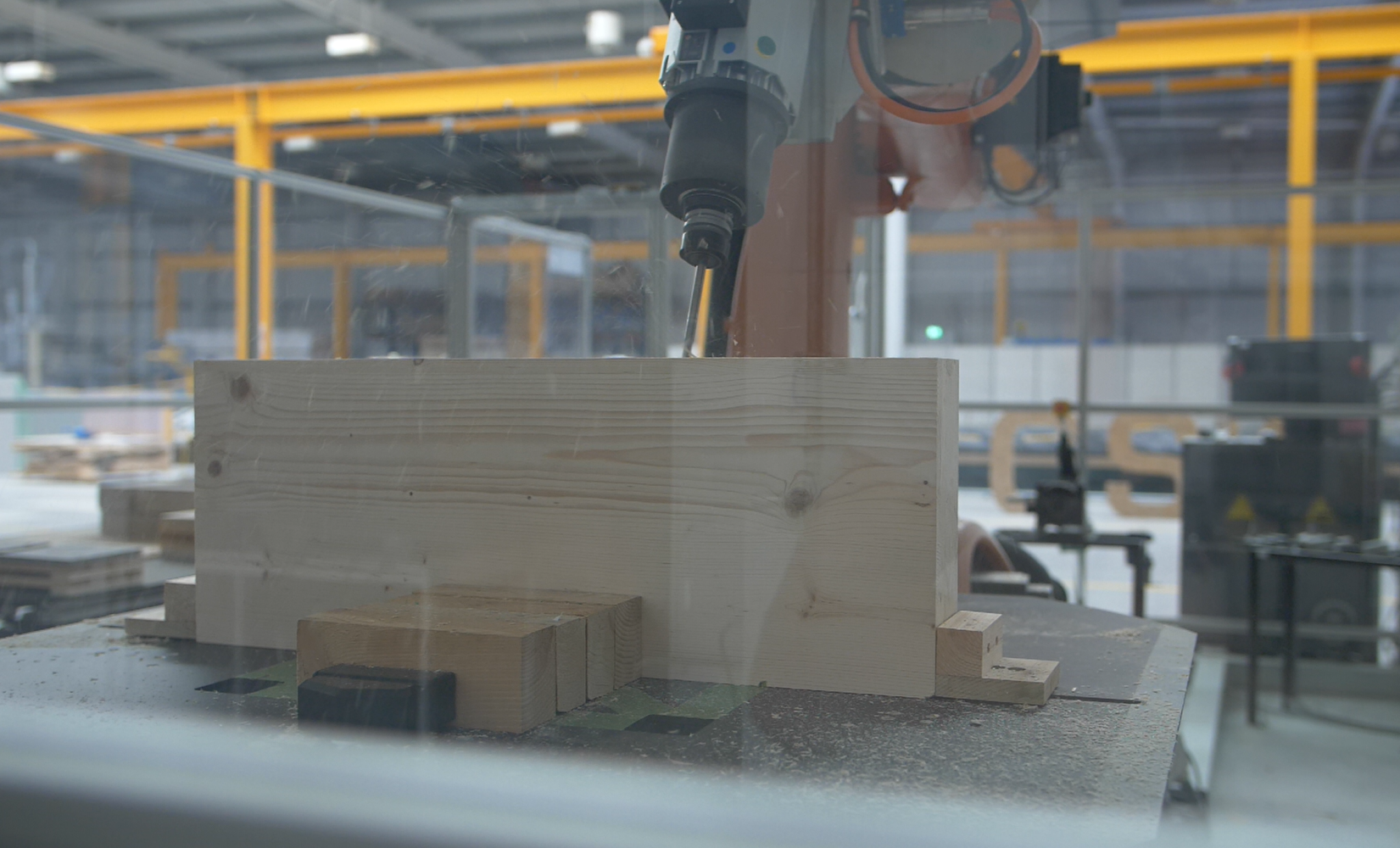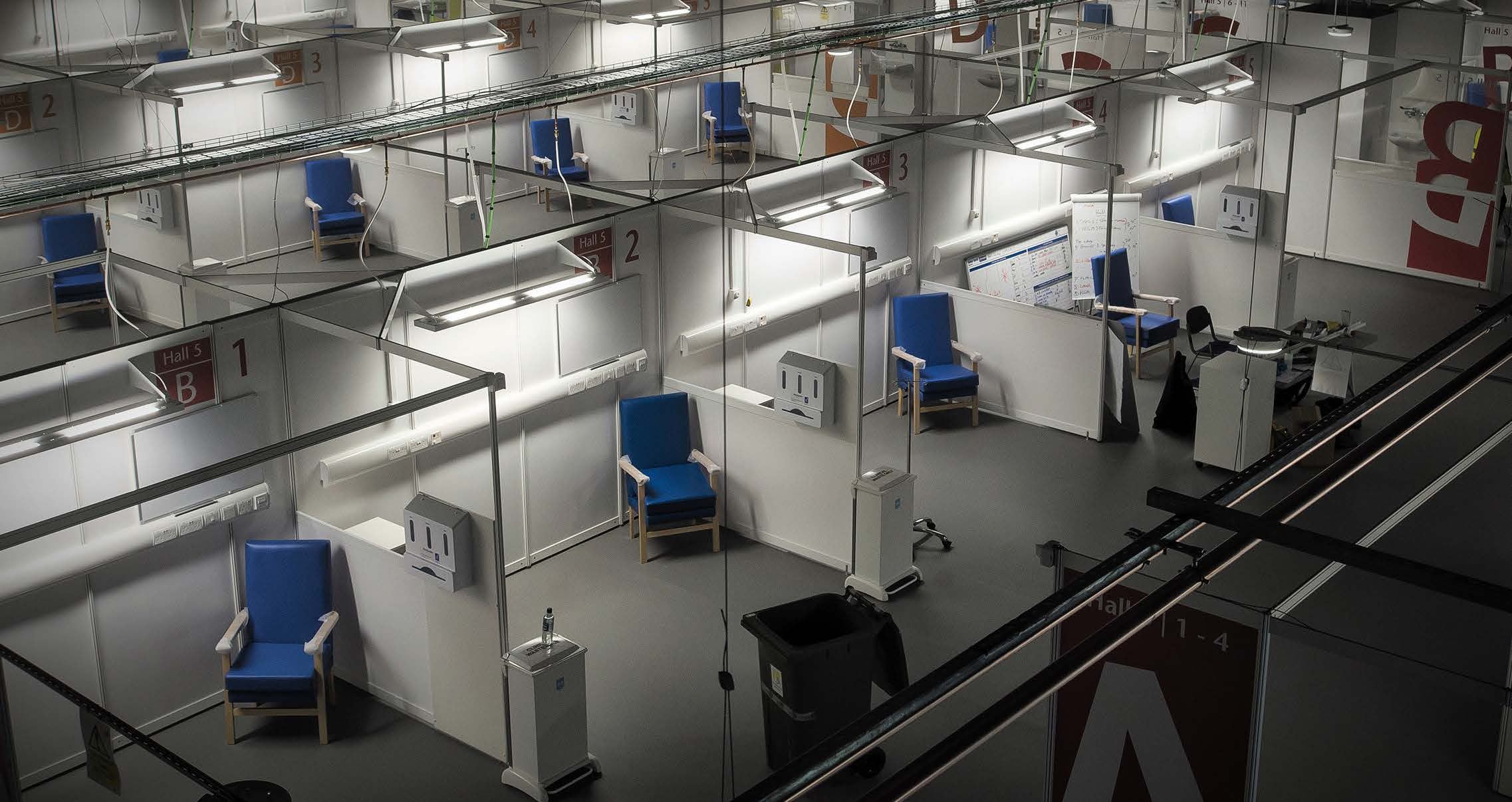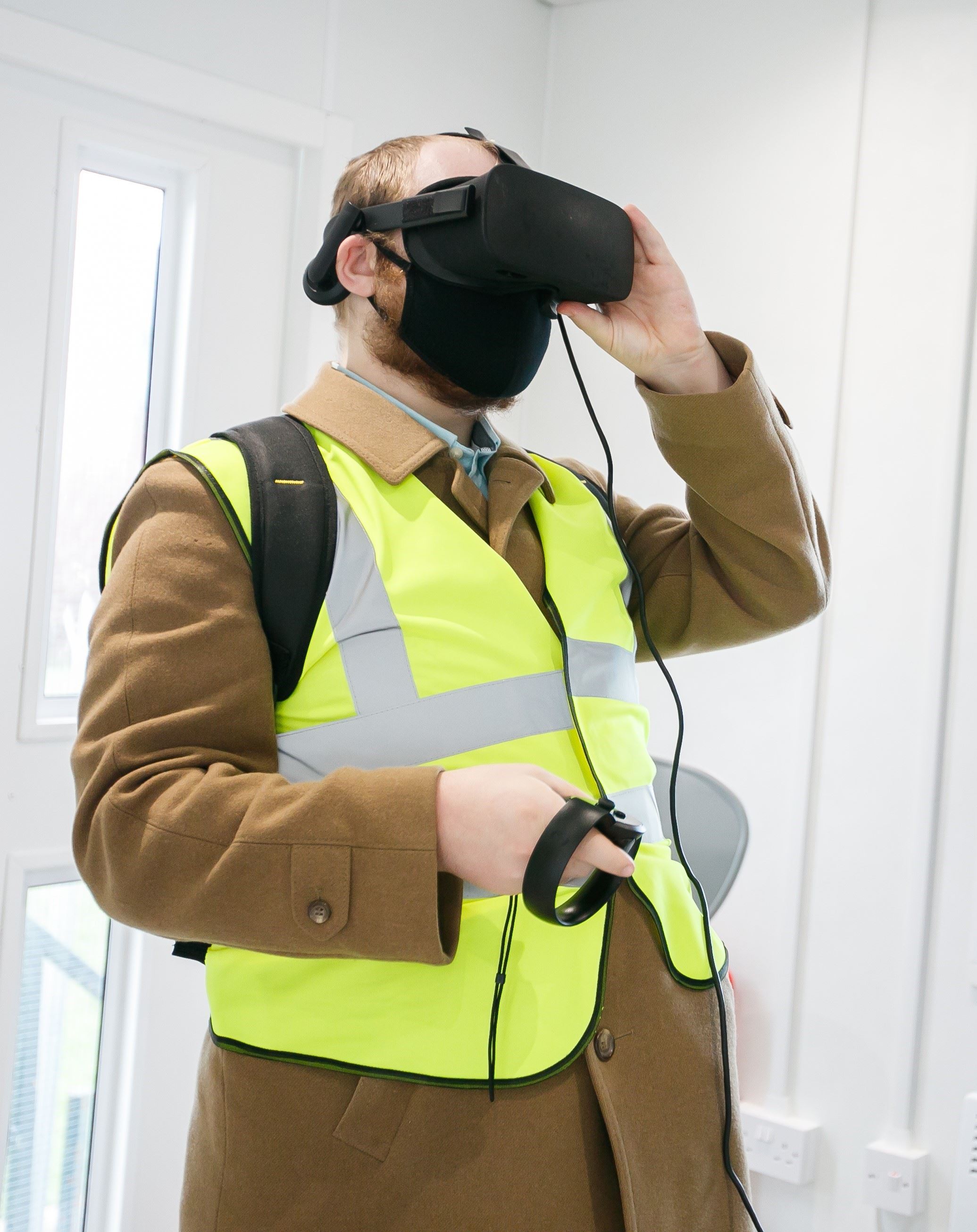Content
Fire Testing and Guidance on Offsite Timber Frame
With the last large-scale, industry-wide testing carried out over 20 years ago, a new fire-in-use research project was vital for the sector experiencing a watershed in fire safety.
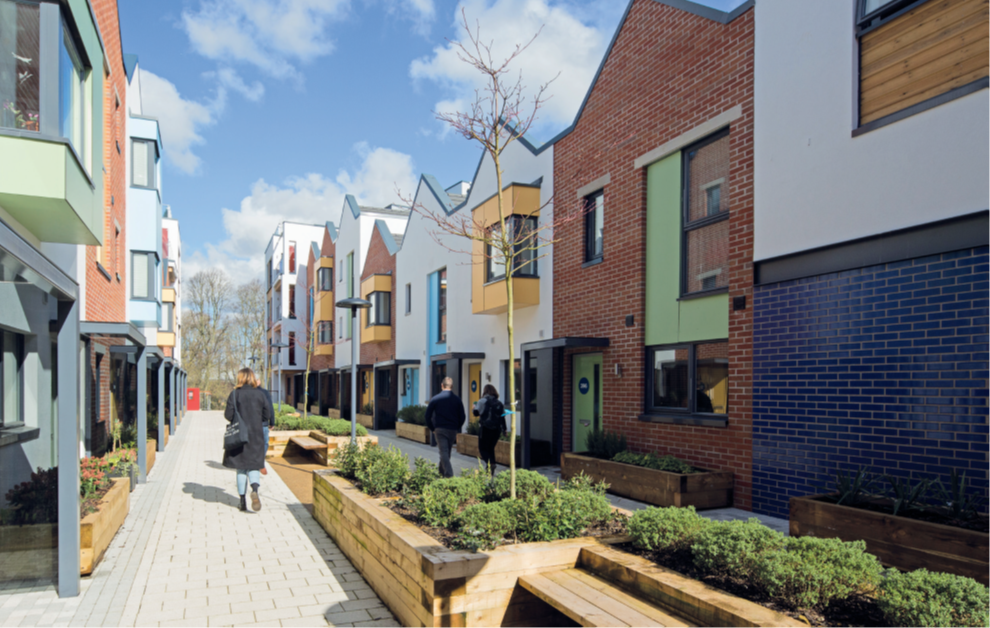
UK Government called for research into fire prevention in housing
After the fire at Grenfell tower in 2017, UK Government called for a review of regulations, documents, and handbooks for fire performance—specifically construction’s testing of materials and systems.
The reviews focused on the testing of materials and systems used in construction, so developers and technicians are more informed, and our built environment is more fireproof.
Having an £850m market value in 2020, timber frame is an accelerating sector that is outperforming other kinds of housebuilding. 270,000 timber frame homes built every year could triple the carbon captured by homes in the UK, says the Climate Change Committee, so quality, in-depth testing is essential for this innovative and sustainable system.
STA, BE-ST & partners committed to extensive fire testing on timber frame and plasterboard
This exemplary project produced go-to guidance on timber frame systems and fire safety for developers and installers’ reference, undertaking in-depth research, full scale testing, fire assessments and fire design protocols. The level of testing was unprecedented and aimed to increase confidence and knowledge of timber frame systems and fire-in-use.
The industry-critical project was led by the Structural Timber Association with funding and support provided through partners Swedish Wood, Scottish Forestry and BE-ST. The project value totalled over £288,000. BE-ST funding supported the research team at the University of Edinburgh to conduct testing and produce the final guidance reports, which were peer-reviewed by BRE. All research and guidance documents can be found in the STA's library on timber frame fire guidance.
The project tested plasterboard, which is essential for timber frame’s fire resistance, load ratios to benchmark loads required for timber frame testing, and thermal response.
The STA testing programme focused on open panel timber frame external, load-bearing and party wall make ups—80% of the timber frame systems used. It then produced reports for the industry using these findings.
It was peer reviewed research endorsed by several industry and government stakeholders
- Produced new technical guidance on timber frame including fire stopping and role designation in four-part research paper series
Conducted specific testing to produce generic and recognised guidance in line with European Standards (EN)
Research undertaken by University of Edinburgh, reports peer reviewed by Building Research Establishment (BRE)
Increased confidence and knowledge of timber frame systems and fire-in-use
Contributor to growth of timber frame in Scotland and the UK, helping improve its market share of 37% (£850m)
Establishing this as go-to guidance on fire safety for offsite timber frame systems will bring on better fire compliance in offsite.
Having these reports become industry standards and contributing to improved fire safety in buildings are key for the future of offsite construction.
Total project value - £288k
CSIC Contribution - £60k
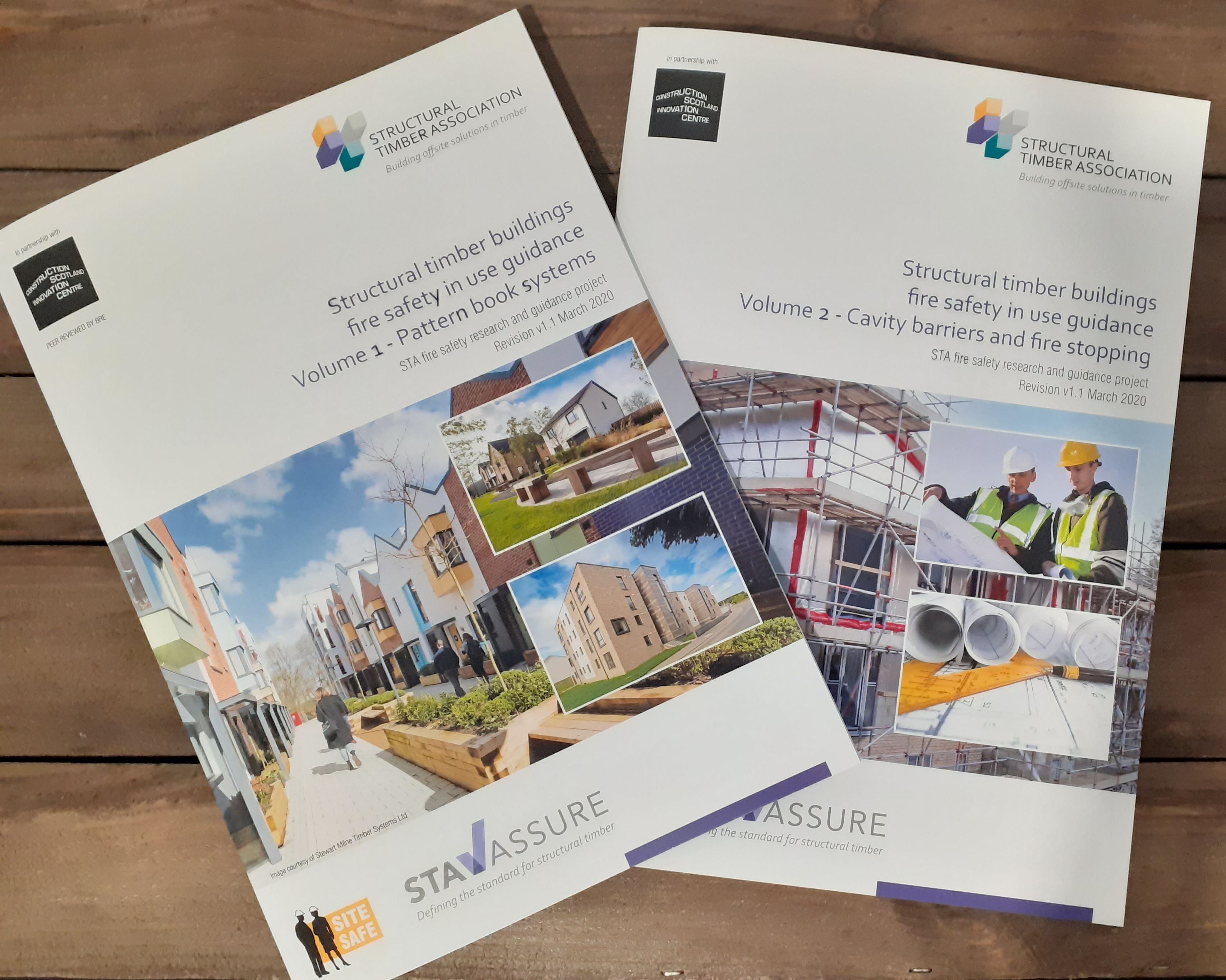
Get the reports
See the full reports on the STA website, including the Pattern Systems Book and Cavity Barriers Technical Report.

